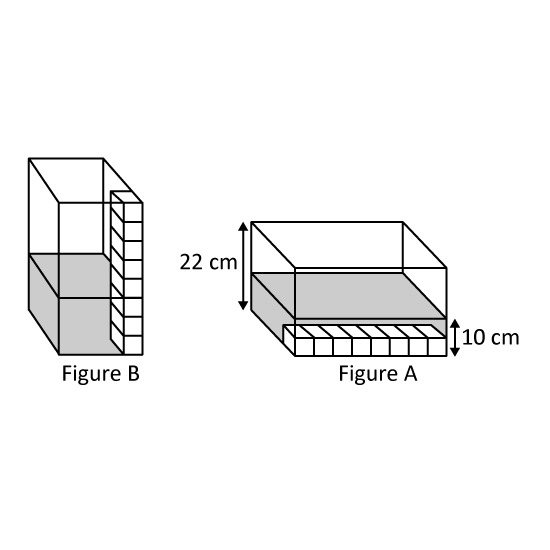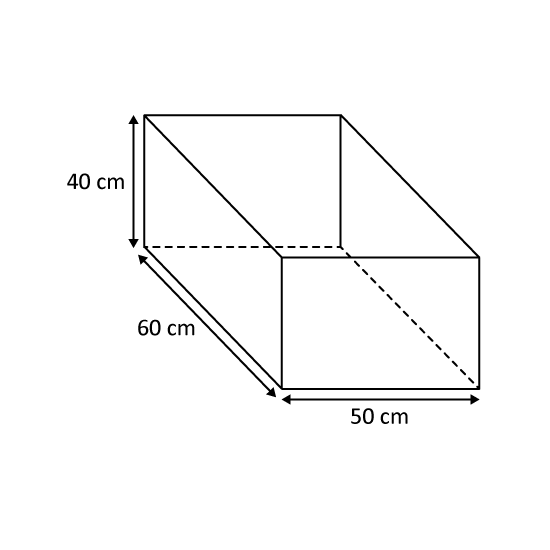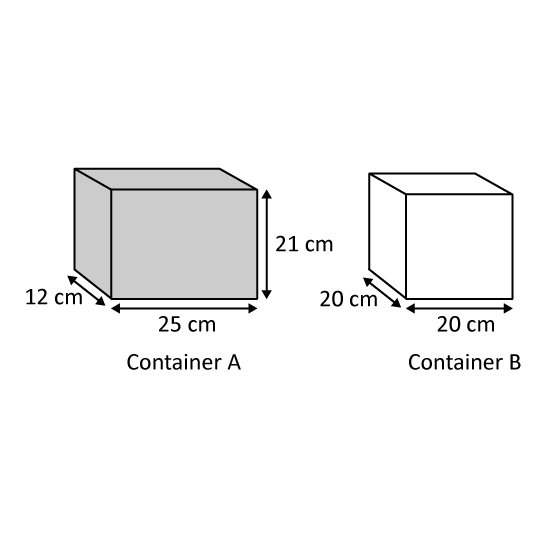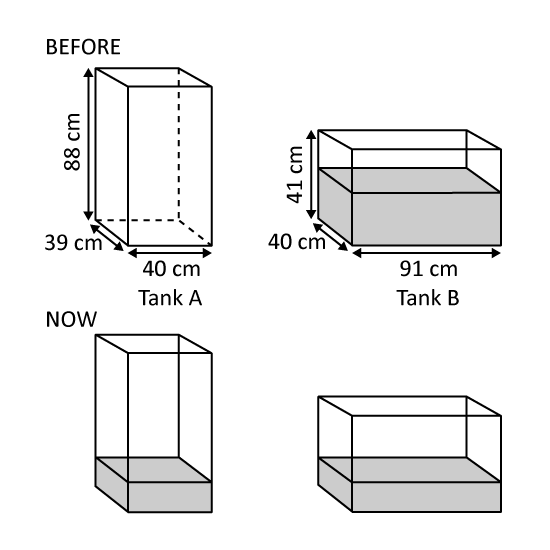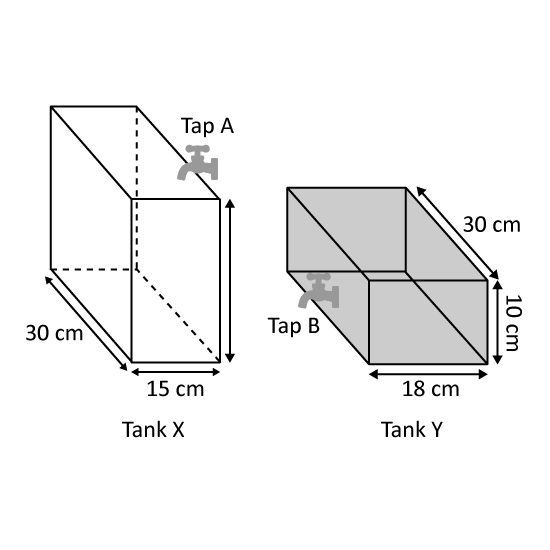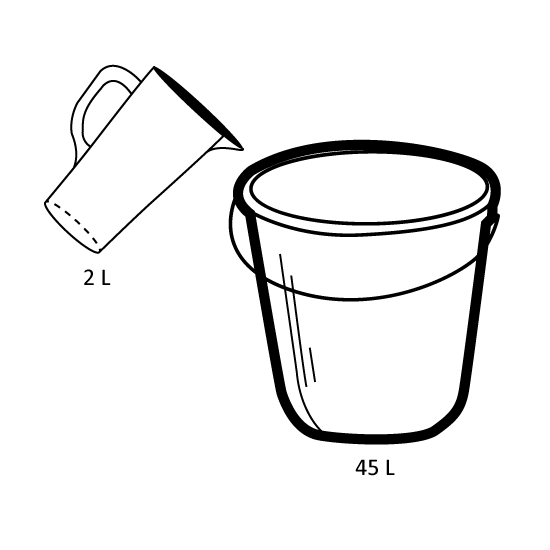Level 3
Water flows into a tank through Tap A and flows out of the container through Tap B. The capacity of a tank is 40 litres. When only Tap A is turned on, the container is completely filled in 16 minutes. When only Tap B is turned on, it takes
13 hour for all the water to flow out. If both taps are turned on at the same time,
- How long does it take to fill 40% of the tank?
- How much water has flowed out through Tap B by the time the tank is 35 filled with water?
Level 3
Water flows into a tank through Tap A and flows out of the container through Tap B. The capacity of a tank is 40 litres. When only Tap A is turned on, the container is completely filled in 16 minutes. When only Tap B is turned on, it takes
13 hour for all the water to flow out. If both taps are turned on at the same time,
- How long does it take to fill 40% of the tank?
- How much water has flowed out through Tap B by the time the tank is 35 filled with water?
